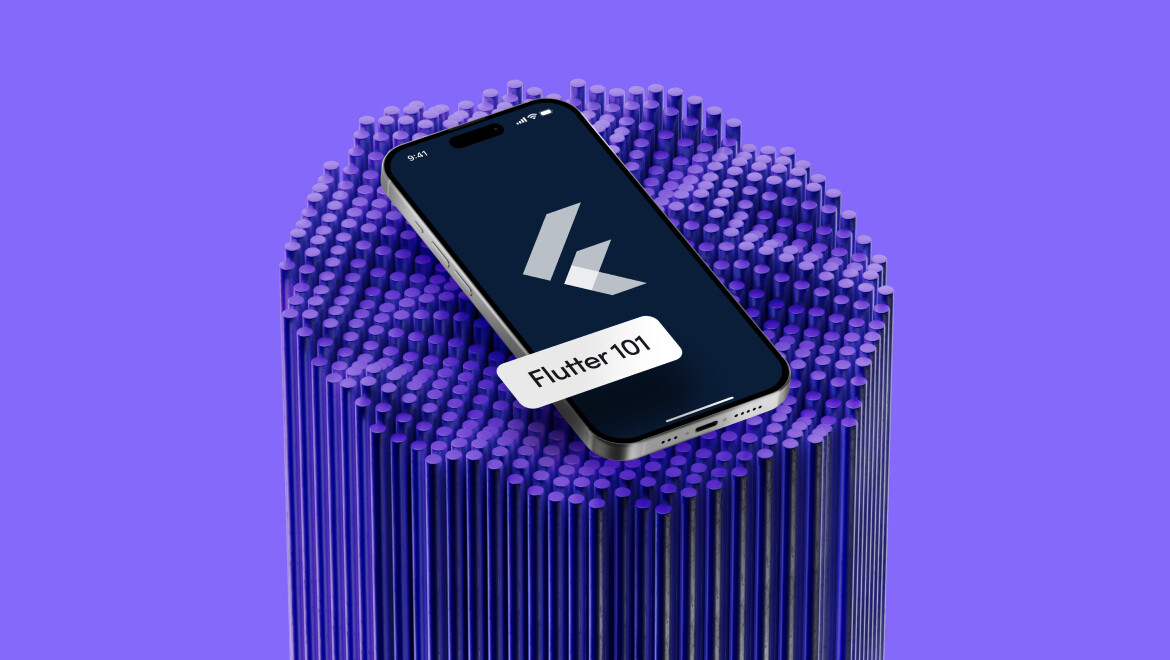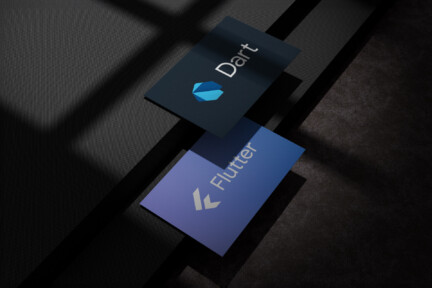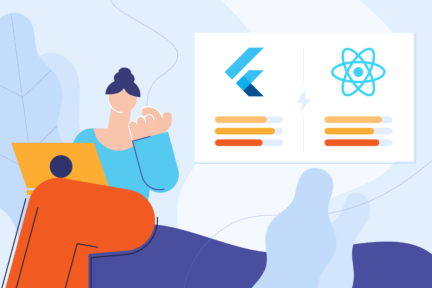- Home
- Flutter 101
- Flutter vs. Ionic


Flutter vs. Ionic
Flutter vs. Ionic
Flutter vs. Ionic: A Detailed Comparison
Flutter and Ionic are two popular frameworks for building cross-platform mobile applications. While both are designed to help developers create apps that work on multiple platforms with a single codebase, they differ significantly in terms of architecture, technology stack, performance, and ease of use.
What is Flutter?
Flutter is an open-source UI software development kit (SDK) created by Google. It uses Dart, a programming language also developed by Google, and is known for its native performance and ability to provide a smooth, responsive user experience. Flutter allows developers to build applications for iOS, Android, web, and desktop using a single codebase.
Key Features of Flutter
- Widget-based architecture: Everything in Flutter is a widget, allowing for high flexibility in building custom UIs.
- Hot reload: Enables Flutter developers to see changes in real-time without restarting the application.
- Native performance: Flutter compiles directly to native ARM code, which gives it a performance edge, especially in resource-intensive applications.
Common Use Cases
- Highly customized UIs: Applications with complex and responsive designs often choose Flutter due to its flexible and expressive UI components.
- Cross-platform mobile apps: It’s widely used for mobile app development on both iOS and Android with a single codebase.
What is Ionic?
Ionic is also an open-source SDK but uses HTML, CSS, and JavaScript (or TypeScript). Unlike Flutter, Ionic is based on web technologies, and it integrates with frameworks like Angular, React, and Vue.js. It focuses on progressive web apps (PWAs) in addition to mobile applications.
Key Features of Ionic
- Web technology foundation: Ionic leverages popular web development languages, making it easier for web developers to transition into mobile app development.
- Capacitor/Cordova plugins: These allow access to native device features, such as the camera or GPS, which are not inherently available to web apps.
- Reusable components: Ionic offers a library of pre-built UI components, which speeds up development but can make the apps look more uniform or less unique without customization.
Common Use Cases
- Hybrid apps: Ionic is great for hybrid applications that need to run on multiple platforms, including mobile, web, and desktop, with minimal platform-specific code.
- Progressive Web Apps (PWAs): Since Ionic is based on web technologies, it’s an excellent choice for building PWAs that can be deployed across the web and mobile.
Flutter vs Ionic: Performance Comparison
Flutter generally offers better native performance because it uses compiled code (via Dart) that runs directly on the device’s hardware, whereas Ionic relies on a WebView to render the application, which can result in slower performance, especially for graphically-intensive tasks.
- Ionic, however, benefits from its web-based approach, making it better suited for progressive web apps and projects that don’t require heavy graphical performance.
Ease of Use
- Flutter requires learning Dart, which may be a new language for most developers. Its widget-based system is powerful but may have a steeper learning curve for newcomers.
- Ionic, on the other hand, uses familiar web technologies (HTML, CSS, JavaScript), making it easier for developers with web development experience to quickly adopt.
Community and Ecosystem
- Flutter has a growing, vibrant community due to strong backing by Google and its increasing use in production applications like Google Ads and Alibaba.
- Ionic has been around longer and benefits from a large, mature community, with extensive third-party integrations and plugins.
Ready to discover more terms?






